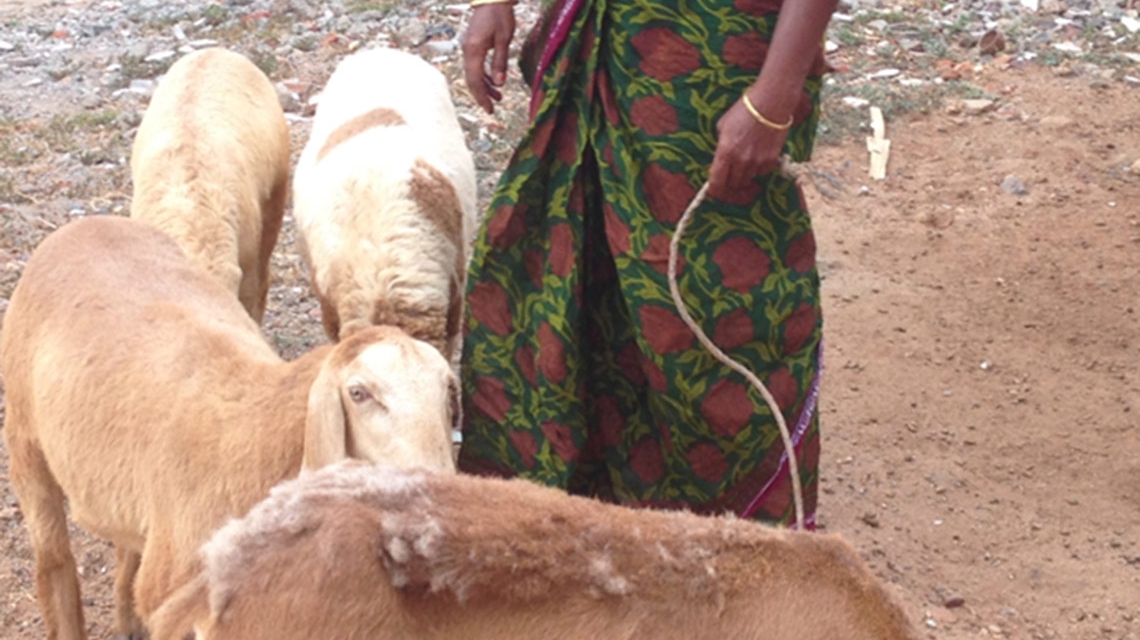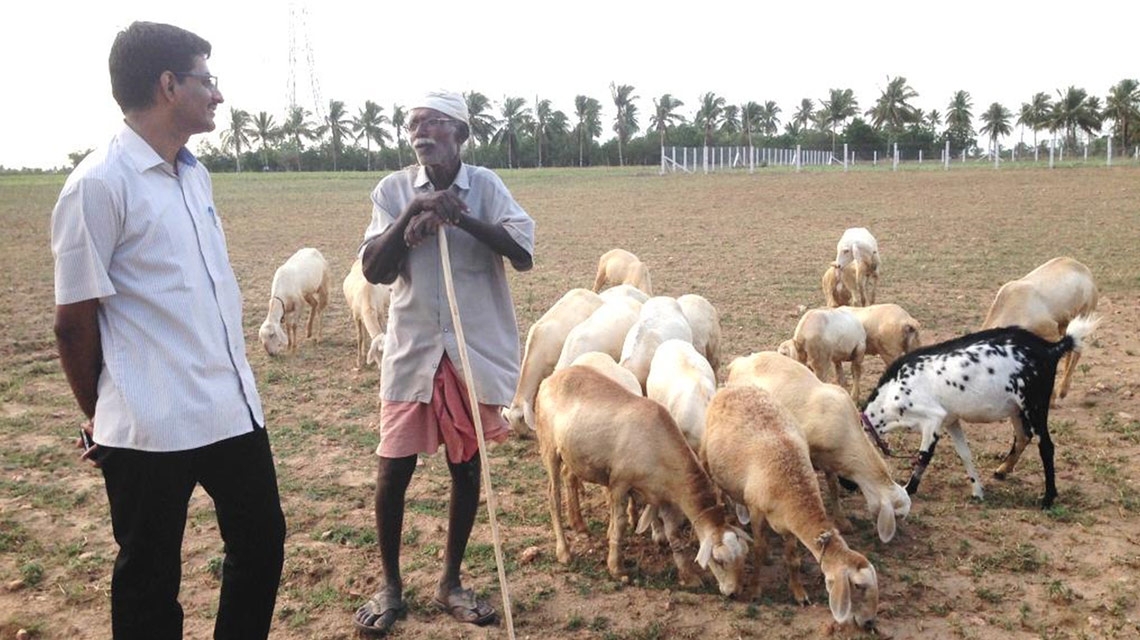There are over 65 million sheep in India. These are important animals for the livelihoods of many marginal and landless farmers. A large proportion of mutton production takes place in rural and hilly areas that are often characterized by small-holding size and limited resources. Sheep rearing is one of the main economic activities in these areas and is considered a potential tool for rural development and improving food security.
Sheep normally produce one lamb per birth, while twins or triplets are rare. For farmers with large sheep flocks, this is not an issue as enough surplus lambs are produced to raise for mutton production. In the case of small holder farmers whose flock size may consists of three to ten sheep, more lambs per birth can provide additional income and make sheep rearing more profitable.






